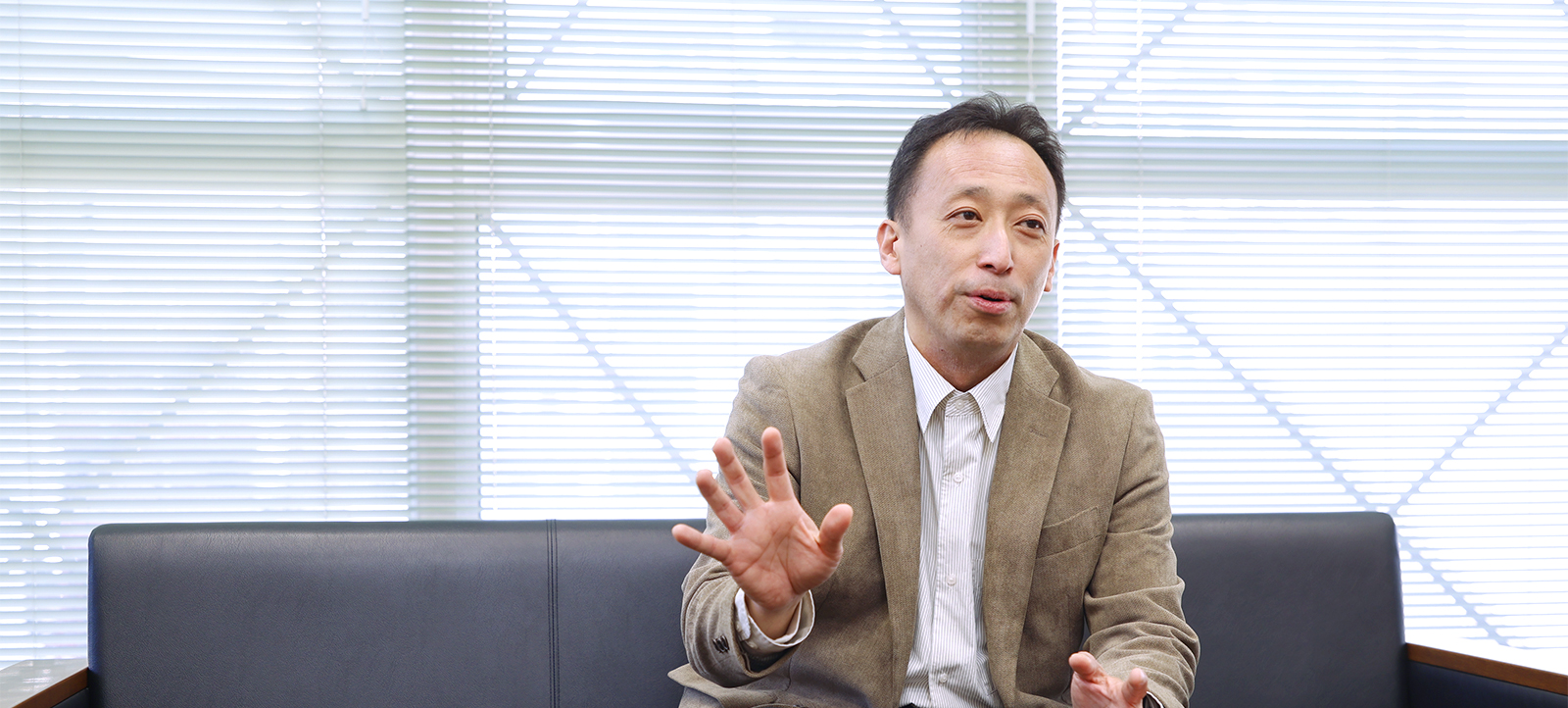My History
Our core business lies in the wholesale of building materials—primarily architectural sashes and glass—as well as their installation. As a wholesaler, our products typically pass through one or two intermediaries before reaching the end user, which means we rarely have direct contact with those who actually use them. That’s exactly why we’ve made it our mission to strengthen outbound sales and have focused heavily on proposal-driven selling.
What we prioritize in our proposals is not just selling a product, but offering a solution. Take windows, for example—one of the key products we handle. Rather than simply promoting the features of the window itself, we aim to communicate the broader value it brings to the end user. A timely example is the growing focus on reducing CO2 emissions. In homes, air conditioning is said to be one of the biggest sources of CO2. And one of the most effective ways to reduce AC usage is through better windows. High-insulation windows help minimize the need for air conditioning, which in turn contributes to lower CO2 emissions. So instead of saying “this window has great insulation,” we present it as “this window helps reduce CO2 emissions through its insulation performance.”
Talking only about product features leads to a transactional sale. But when you focus on solutions, you're not confined to a fixed price—if the customer sees the value, they’re willing to invest. That’s why we encourage our clients, who are responsible for selling our products, to embrace a solution-based approach in their own proposals, so they can better communicate that value to the end user.
The Present
There was a time when mass production and mass consumption were the norm, and simply selling more products meant generating more profit. In that era, success was defined by volume, and there wasn’t much need to think about personal fulfillment or deeper meaning in the work. But today, we live in an age of diversity—where people’s needs, choices, and even their sense of purpose vary widely.
I began paying attention to employee motivation about 15 years ago, when we launched our first 10-year business plan. After sharing our long-term vision with the team, one employee said, “It’s reassuring to know where we’re headed.” That moment taught me a valuable lesson: even if the day-to-day tasks remain the same, having a clear goal can make a big difference in motivation.
Now in 2025, halfway through our second 10-year plan, we’re focused on building a stronger brand—one that people instantly associate with Obatacho Glass. A key part of that effort is identifying and amplifying what makes our company strong—and at the core of that are our employees. To do this, we first need to become aware of our strengths. What someone sees as their own strength may not always match how others see them, so open communication is critical. Once individual strengths are clearly understood and applied to each person’s role, I believe it naturally leads to a deeper sense of purpose. While “motivation” can feel abstract, “strengths” are tangible and easier to identify. That’s why we’re currently working to align personal perceptions of strengths with how they’re recognized by others.
Work becomes truly meaningful when teams are built around the unique strengths of each member. And once those strengths are clear, the next step is creating strong, well-balanced teams made up of people who bring different talents to the table. This mindset isn’t limited to our company alone—by forming alliances with other organizations that have strengths we don’t, we can unlock new value through synergy. That’s why I believe success doesn’t come from sheer manpower, but from true collaboration.
For the Future
My goal is to create a company where every employee can genuinely say, “I’m glad I work at Obatacho Glass.” Considering that people spend more than half of their lives at work, I would feel truly regretful if anyone looked back and thought, “That was a boring or painful part of my life.” To achieve that goal, the key is collaboration. When you're carrying a burden alone, it can feel overwhelming—but when you're part of a team, there’s always someone who can step in to help. And when you have that support, your personal growth accelerates. As people grow, they earn rewards that reflect their progress, and the sense of accomplishment that comes with it leads to greater motivation. That’s why I believe that building an environment where employees can rise to their full potential benefits everyone. I want to continue fostering a workplace where no one feels isolated, and where collaboration rooted in individual strengths is always at the center.
Beyond that, I have a deeper aspiration: to build a company where every individual can proudly say, “I am Obatacho Glass’s greatest strength.” In other words, I want our team to believe that the company’s true value lies in its people. I envision a workplace where, no matter what the task is, you can trust that anyone at Obatacho Glass will get it done right. When we celebrated our 100th anniversary, I told our employees that the most important part of this company is each and every one of them. We’ve long prioritized a people-focused approach to management, and that principle will continue to guide us. Looking ahead, we’ll keep working to uncover and amplify the strengths of each individual, each team, and the organization as a whole—so we can share those strengths proudly and achieve our vision together.
